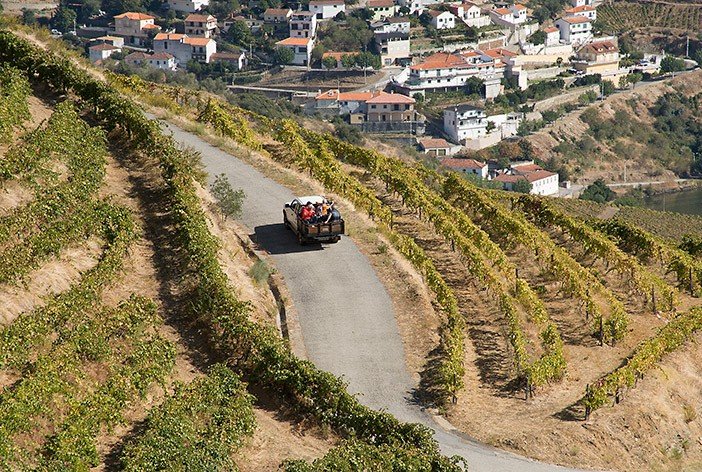Port wine’s history is one of dusty 40-degree temperatures, back-breaking rocky slopes, centuries of regulation and mysterious monopolies that were only called into question with Portugal’s accession to the EU. How are small-scale producers of Port wine today? Join us in the stunning scenery of the Douro.
Port wine is a fortified wine produced exclusively in northern Portugal in the Douro Valley. The region’s steep and embanked slopes, ancient farming and winemaking traditions and indigenous grape varieties make it a unique wine-producing region in the world. Both geographically and historically. Read also Antti Lehikoinen’s port wine school.
Portugal’s own wine in the hands of others
The regulation and restrictions around port wine have a centuries-old tradition. A long-standing law guaranteed traditional wineries a monopoly on the export market. The most famous port houses such as Taylor`s, Graham`s and Sandeman have been foreign-owned since the beginning of their history, so the British, Dutch and Germans have dominated the port trade for centuries.
Smaller, locally-owned houses had to be content to produce their port for the domestic market. They were not allowed to export abroad. Another option was to sell their production to the big Port houses for use in blends sold under these big brands.

EU membership changed the game
In 1987, forced by Portugal’s accession to the EU, the law was changed to allow smaller houses to sell port directly from the Douro Valley. Many smaller producers seized the opportunity and began to store their own wine and bottle it for export.
Today, there are more than 60 of these smaller ‘Single Quinta’ producers-bottlers, but they still account for less than 2% of the Port trade. The brands of the traditional large port houses had gained such a strong position in the market during the monopoly that small operators still have a hard job to fight against their reputation and strong position.
Some small producers have set out to open up the market at a low price, unfortunately often at the expense of quality. Others have stepped up their efforts to produce dry DOC Douro wines and use a larger proportion of their grapes for these than for Port. However, a handful of producers continue to go strong with Port, seeking to differentiate themselves from the big brands through quality and personality. This is particularly possible on houses that own the best growing categories of vineyards. We visited three farms to see what everyday life is like for a small, independent Port producer in the Douro Valley.
Quinta de la Rosa
When the legislation changed in 1987, Quinta de la Rosa was the first winery to become independent. Its owners, of Swedish-German origin, made the decision to break away from the role of raw material producer for the large wineries and to start producing, storing and exporting port wine under their own house name.
The Quinta de la Rosa vineyards are located just over a hundred kilometers east of the city of Porto, near the most famous wine town in Douro, Pinhão. All the vineyards are in the best A category. Indeed, Rosa’s vineyards were once among the best plots of the famous Sandeman. Rosa’s wine was used as part of Sandeman’s most acclaimed port wines.

Today, the quality of the winery’s vineyards is reflected in the fact that Quinta de la Rosa is able to produce a vintage Port about every two years, while other Port producers are only able to do so on average three years out of ten.
Quinta de la Rosa was presented to us by Alina Pereira. She explains that all the raw material for Rosa’s wines comes from her own fields in the hills adjacent to Pinhão. Only the raw material for the white port is sourced elsewhere.

Year after year, the great port producers strive to maintain the house style. This is achieved by blending wines from different parts of the Douro Valley. This helps to smooth out the differences in the finished wine due to the variation in the vintages.
A small farm has fewer possibilities for blending than a large Port producer, as the grapes come mainly from its own vineyards. This also makes it much more challenging to produce a wine that remains the same year after year. Pereira says that Quinta de la Rosa is not even trying to do this. Their wines allow the characteristics of the vintage to shine through.

Tradition, quality and craftsmanship are honoured here. The grapes are picked by hand. The grapes are picked in stages according to their ripeness. After analysis, a decision is made whether to use the grapes for port or dry wine. Quinta de la Rosa also produces dry wines with the DOC Douro designation of origin, in addition to port. Here, however, port still plays a major role – unlike many other smaller farms in the region.
Quinta de la Rosa’s style is slightly drier, fresher and lighter than most other port producers. With a lighter style, it aims to stand out from the crowd and also to expand the range of uses for port. Port is strongly perceived as a partner to chocolate and a lover of strong cheeses. This is of course what it is as a sweet and powerful wine, but the lighter style of Port also offers potential for other uses, such as pairing with lighter desserts, according to Pereira.
The lighter style of Quinta de la Rosa’s vintage port is reflected in the fact that they are fresh and enjoyable immediately after bottling. On the other hand, like other vintages, they can withstand decades of storage and ageing.
Quinta de la Rosa has an excellent range of ports for such a small producer. In addition to red rubies, reserve, LBV and vintages, there are white ports, tawny and 10- and 20-year-old tawny. A 30-year-old tawny is also coming into the range but will have to wait a few more years to mature.
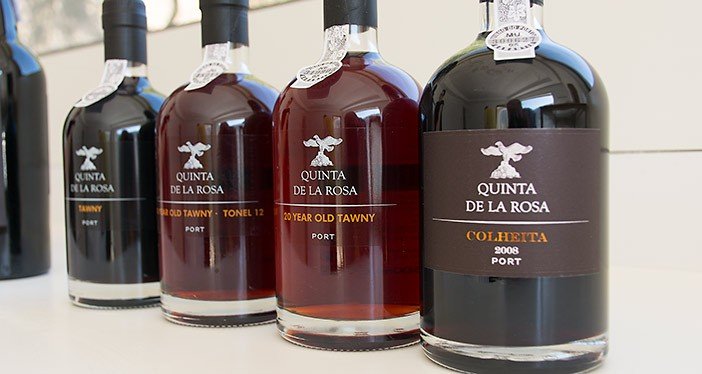
At Alko, you can find dry Quinta de la Rosa red wine in a half bottle. This rather full-bodied and well-structured wine is made from traditional Port grapes; Touriga Nacional, Touriga Franca and Tinta Roriz.
quintadelarosa.com
Quinta do Crasto
The Quinta do Crasto vineyard is located on the Douro River, halfway between the towns of Peso da Régua and Pinhão. Crasto is one of the best known independent houses. It has a long history of ownership by the de Almeida family.

Climbing up the dusty road from the car park to the main building of the estate, you immediately notice that Quinta do Crasto has invested in tourism. The main building has been converted into a hotel and restaurant. The large restaurant terrace dominates the garden-like and pleasant courtyard. Slightly higher up the slope, a swimming pool area has been built, with spectacular views of the river and the hills upstream.
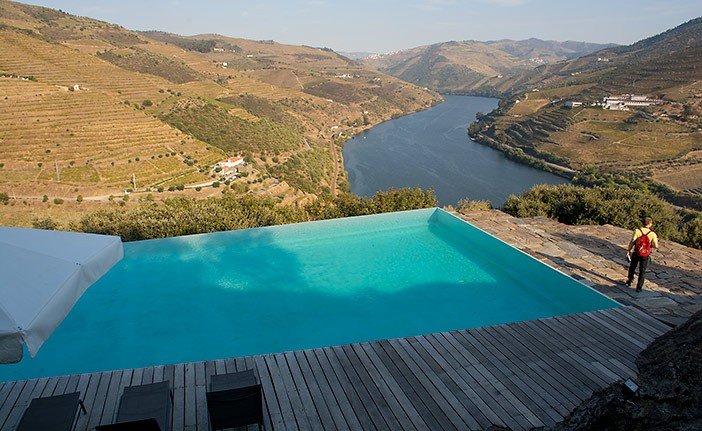
Sitting on the terrace is a noisy and good-humored group of American tourists who have made the ten-mile hike and then taken the longer route to explore the farm’s products. They have a tour of the winery and participation in the traditional grape crushing by stomping. Experientialism is clearly the order of the day for wine tourism in Douro too.
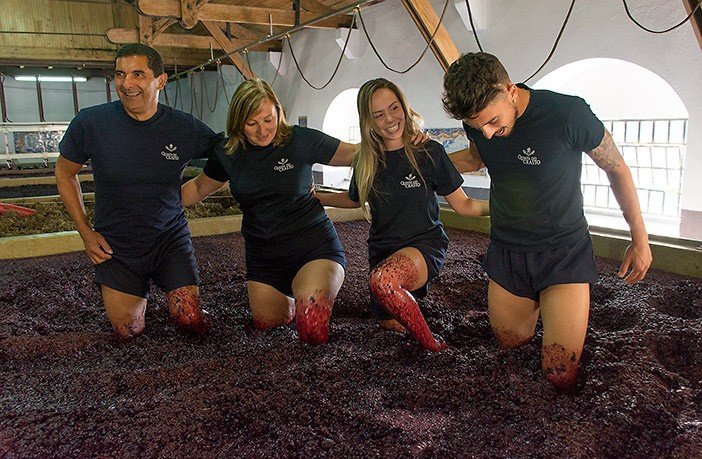
More than 100 different grape varieties grow in the old vineyards of Quinta do Crasto. In the Douro valley, the vineyards have been planted for centuries in such a way that the different varieties have been mixed together. And there is little record-keeping of where everything grows. In recent decades, efforts have been made to plant vineyards by variety, favouring the five best quality Port grapes: Touriga Nacional, Touriga Francesca, Tinta Rorizia, Tinta Cão and Tinta Barroca.
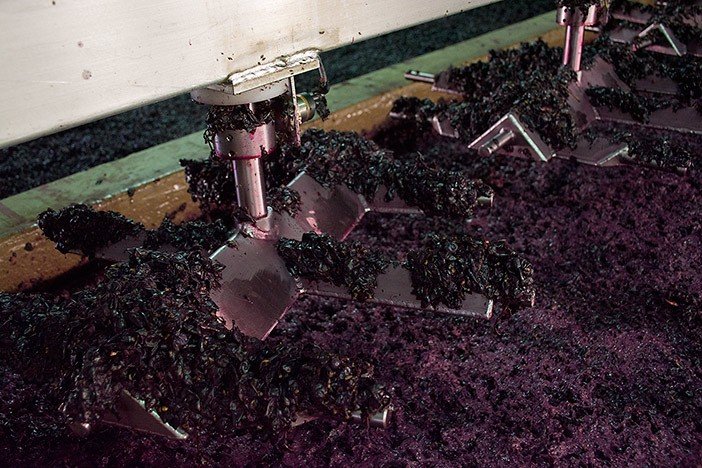
Some of the new vineyards are nowadays made using the old mixed farming techniques. It has been found that vines do better when they are surrounded by vines of different grape varieties. They are more resistant to plant diseases and extreme conditions such as drought. Nowadays, however, the varieties of grapes used in mixed plantations are carefully selected and records are kept.
Drop in demand and production of port wine
Demand for liqueur wines has been on a downward trend worldwide for a long time. Although Port has held up quite well, consumption has also fallen over the last decade. As a result, many smaller producers have increasingly expanded their production into dry wines, for which demand is more stable, in response to the falling demand for port. Small farms are also increasingly generating income from other sources such as olive oil production and accommodation services.

Quinta do Crasto is an excellent example of this development. The production of dry DOC Douro wines already accounts for 90% of its total wine production. Port is still produced, of course, but in very small quantities. Port production is focused on quality. There is no production of basic port. The range includes Vintage Port, Vintage Colheita, Late Bottled Vintage and Long Aged Red Reserva.
quintadocrasto.pt
Quinta dos Murcas
The journey by car to the Murcas vineyard passes through mountain villages. It would have been easier to get here by train, which has a station on the Murcas house. The vineyard is also opening a tourist centre for visitors. So the expansion of services is also visible here.
Quinta dos Murcas now belongs to Esporão, a winery with roots in the southern Portuguese Alentejo. Quinta dos Murcas is therefore an example of a small house where resources have been sought from a larger player, but outside the traditional port wineries.
Winemaker José Luis Moreira da Silva is busy. The last days of the harvest are upon us and he shuttles between the winery and the tasting room, handing out instructions to his workers. Fortunately, there is also time for a tour of the house. Moreira da Silva didn’t want to stay to show us around the winery, as he says a tour of the vineyards is much more rewarding. It’s what happens in the vineyards that has the most impact on the essence of the wine that is produced,” says Moreira da Silva.
Organic production is also coming to port wines – slowly
Quinta dos Murcas has 50 hectares of vineyards. The entire production will soon be converted to organic. Moreira da Silva has a strong belief that the interaction of the vineyards with the surrounding nature is an important quality factor. This interaction also helps to prevent disease and thus facilitates organic production. Silva points to the natural hills opposite the vineyards, where small shrubs grow, and explains that it is important for the well-being of the vineyards to keep them just as they are. There are also cork trees, fruit trees, various berry bushes and other vegetation growing between the vineyards.
Although the Douro Valley has to fight vine diseases in the same way as most other densely cultivated wine regions, it is not surprising that plant diseases are the biggest problem in the transition to organic production, according to Silva. The real challenge comes from the fact that organic is still a very new concept in Port wine production in the Douro Valley. The wine-making culture, traditions and regulations are very strong in the region. These traditions do not often coincide with the principles of organic production. The Quinta dos Murcas is pioneering work in this respect and is trying to break down these strong traditions and prejudices against organic production.
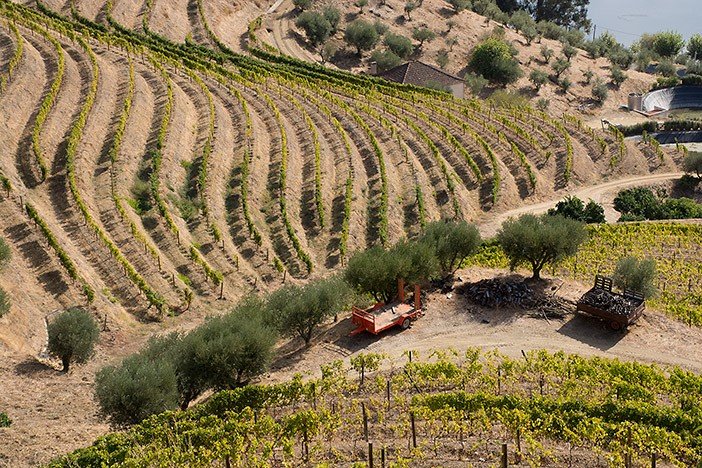
According to Moreira da Silva, there are significant differences in terroir between Douro and even single vineyard farms. The soil throughout the wine-growing area of the Douro is slate, but even that comes in different qualities. In addition, the height of the vineyards, the direction of the air and other factors vary widely, so it is easy to obtain differences in winestyles. The speciality of Murcas is the east-facing Sauvignon Blanc vineyards on the top of the hill where this grape which is very atypical of the Douro valley has been grown with great success for a long time.
The landscape of the Douro valley is characterised by its terraced vineyards. In 1947 Murcas became the first farm to adopt the Mosel valley method of growing vines longitudinally down the slope. This method of cultivation allows a higher density of vines which improves the quality of the wine. Denser vines compete with each other for space and nutrients producing fewer but better quality grapes. Longitudinal cultivation also helps to prevent erosion. The root system of denser vines binds the soil tightly together and reduces downward run-off in the event of heavy rainfall.

Grape yields average only 3,000 kg/ha, a modest amount compared to other wine-producing regions. Moreover harvesting grapes in the Douro Valley is slower and more expensive than in other wine-growing areas. Here the grapes have to be harvested by hand because of the steep slopes and embankments.
Murcas like the other places we visit relies on traditional winemaking methods. The stomping of the grapes and the natural fermentation process using wild yeasts.
Quinta dos Murcas currently has only one port in its portfolio; a 10 year old tawny port. A wider range of dry wines is available and will be further expanded in the future. Alko has just added Quinta dos Murcas reserva 2010 to its range. Perhaps at some point we will also see another organic port in Alko’s range made by Quinta dos Murcas in addition to the current Grahams product.
www.esporao.com
Text: Antti Lehikoinen
Photos: Janne Suomi
This post is also available in:
Suomi

